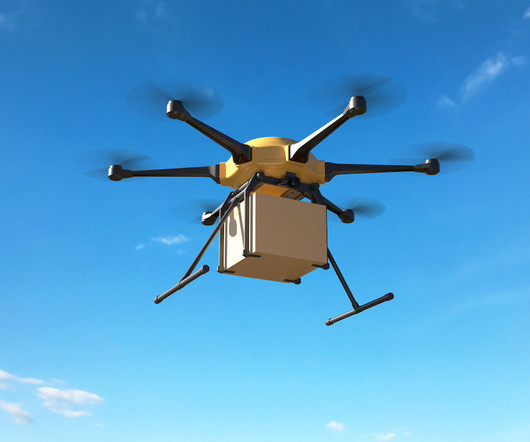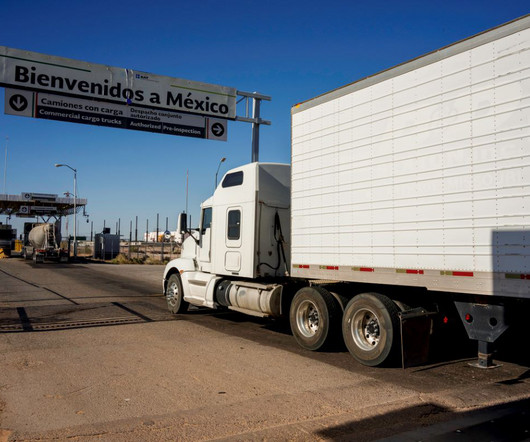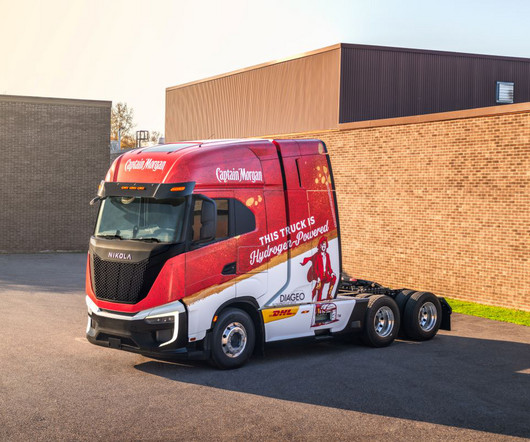Study Shows Two-Thirds of Companies Yet to Execute Digital Transformation in Supply Chain Planning
ToolsGroup
SEPTEMBER 25, 2019
and HOUSTON, Tex. A North American-based survey of nearly 200 supply chain professionals from top CPG, distribution/wholesale, food and beverage, manufacturing, and retail companies found that 58% of respondents are still in the exploring or evaluating phases of digital transformation. BOSTON, Mass.



















Let's personalize your content